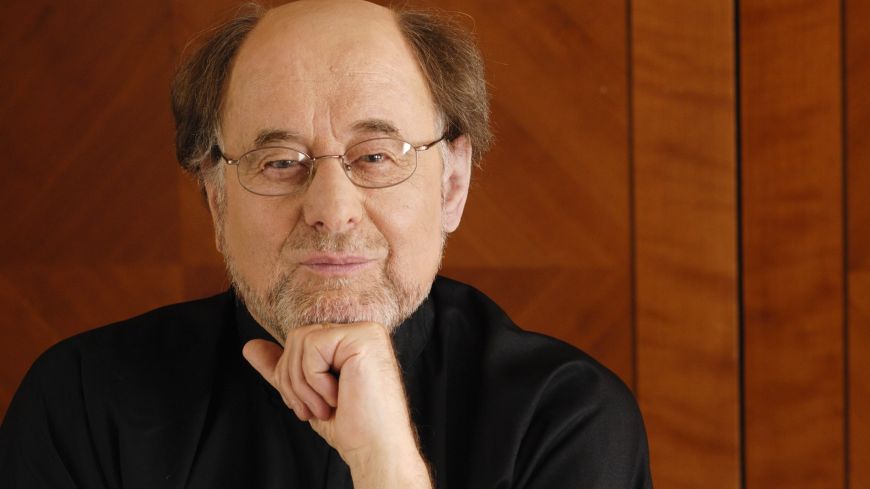
David Chivers pre-concert talk, given on the top floor of the Usher Hall, gave us an intelligent and enthusiastic insight into the way that the night’s conductor, Sir Roger Norrington, had for two solid days of rehearsal reshaped the Royal Scottish National Orchestra for this concert. David Chivers is an Assistant Principal 1st Violin in the Orchestra.
We saw what he meant as soon as the players were in place. With the harpsichord in the centre and the strings seated around it, all the other instrument players stood behind them to play - and only moved back to a chair when not involved. Sir Roger needed no plinth from which to control operations - for in his own very special way he showed he was in total command.
Sir Roger Norrington has just retired as Chief Conductor of the Stuttgart Radio Symphony Orchestra and is succeeded there by the RSNO’s soon-to-depart Stéphane Denève. Sir Roger is the leading exponent of Historically Informed orchestral playing.
As David Chivers had explained, it is all too easy for orchestras to play the way they want, and with time and every passing fashion this has become more and more distant from how an early composer would have thought of his music. Therefore for this concert, for instance, the string players were not allowed to play vibrato. This is the rapid movement of the fingers on the strings that causes a slight variation in pitch.
Jean-Philippe Rameau (1683-1764) was nearly eighty when he wrote his last opera, Les Boréades, and although rehearsals had begun his death meant that it did not receive its first performance for another two hundred years. But Rameau had realised that there was a place for the opera’s music as a standalone suite, and this is what we heard.
Marie Antoinette was a fan of Haydn’s symphonies and let it be known that she was particularly fond of No 85 in B flat - and so it became known as La Reine, a royal endorsement seized upon the by music’s publisher. We heard some lovely woodwind playing with flute, oboe and bassoon out on their own at times.
After the interval the full Orchestra had assembled for the popular Symphony No 2 by Brahms. In Norrington style the eight double basses were at the very back. It was a joyous work aided by Sir Roger’s smiling enthusiasm. Whilst he did not speak to us, there were memorable moments of his turning to us in fun, and when, before starting the Brahms he wanted help moving his plinth away from the edge of the stage. The audience certainly enjoyed not only Sir Roger’s presence but the Orchestra’s performance too. Hugely satisfying.
Event: Friday 13 January 2012 7.30 pm

